Introduction
Apricots (Prunus armeniaca) are a delightful fruit known for their sweet, tangy flavor and vibrant orange hue when ripe. They are a staple in many cuisines, enjoyed fresh, dried, or incorporated into various dishes and desserts. However, picking or purchasing the perfect apricot can be challenging, especially for those unfamiliar with the signs of ripeness. This guide aims to provide a comprehensive understanding of how to determine if an apricot is ripe, ensuring you enjoy the best possible taste and texture every time.
Understanding Apricot Ripening
Before diving into the specific signs of ripeness, it’s crucial to understand the basic process of apricot ripening. Apricots, like many stone fruits, undergo a series of changes as they mature from blossoms on the tree to fully ripe, edible fruits. These changes involve color development, firmness alterations, and changes in aroma and sugar content.
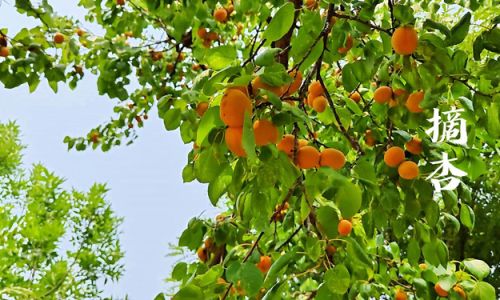
Color Changes
One of the most obvious signs of apricot ripeness is color change. As apricots mature, they transition from a green hue to varying shades of orange, red, or yellow, depending on the variety. While color alone is not a definitive indicator of ripeness (some apricots can remain partially green even when ripe), it serves as a useful starting point.
Look for apricots with a uniform or mostly orange appearance. If the fruit still has significant green patches, it is likely underripe. However, note that some apricot varieties, such as the ‘Royal’ apricot, may retain green streaks even when fully ripe. Therefore, it’s essential to consider other factors alongside color.
Firmness and Texture
The firmness of an apricot is another crucial indicator of ripeness. Unripe apricots tend to be firm and almost hard to the touch. As they ripen, they soften slightly, yielding to gentle pressure without being mushy.
To check firmness, gently press the fruit with your thumb or fingertips. A ripe apricot should feel slightly soft but not overly squishy. If it feels too firm, it’s likely underripe. Conversely, if it’s overly soft or has soft spots, it may be overripe or even starting to spoil.
Aroma
The aroma of an apricot can also provide valuable insights into its ripeness. As apricots ripen, they develop a sweet, fruity scent that becomes more pronounced as the fruit reaches peak ripeness.
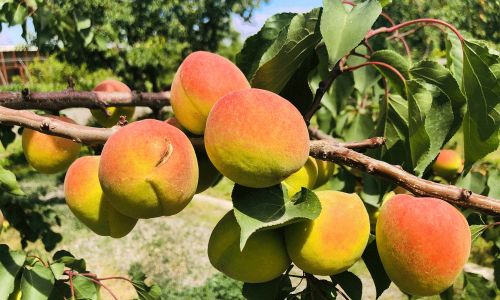
Bring the apricot close to your nose and inhale deeply. If it has a pleasant, sweet aroma, it’s likely ripe. If there’s no discernible scent or if it smells alcoholic or fermented, the apricot may be overripe or past its prime.
Tree Attachment and Stem Condition
The way an apricot is attached to the tree and the condition of its stem can also give clues about its ripeness. Ripe apricots often detach more easily from the branch compared to underripe ones. Gently twist the fruit and observe how easily it comes off. If it comes away cleanly with minimal effort, it’s a good sign of ripeness.
Additionally, inspect the stem. A fresh, ripe apricot will have a green or brown stem that’s still attached firmly. If the stem is dry, brittle, or missing, the apricot may have been on the tree too long or handled roughly during harvesting, which can affect its freshness and quality.
Sugar Content and Taste Testing
While not always practical, especially when purchasing apricots from a store, taste testing can be the ultimate test of ripeness. A ripe apricot should be juicy, sweet, and slightly tangy. If you have the opportunity to taste before buying, take a small bite from the fruit’s side, avoiding the stem end, which can be harder and less flavorful.
Look for a balance of sweetness and tartness. If the apricot tastes excessively tart or lacks sweetness, it’s likely underripe. Conversely, if it tastes overly sweet or has an off flavor, it may be overripe or starting to spoil.
Storing and Ripening Apricots
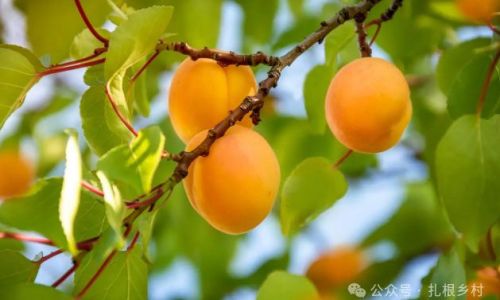
If you’ve purchased underripe apricots or picked them early from your tree, there are ways to encourage further ripening. Place the apricots in a paper bag or on a countertop in a single layer. Ethylene gas, a natural ripening agent produced by fruits, accumulates in enclosed spaces like paper bags, accelerating the ripening process.
Avoid storing apricots in the refrigerator until they are fully ripe, as cold temperatures can slow or halt ripening. Once ripe, apricots can be refrigerated for a few days to extend their shelf life. However, note that refrigerated apricots may lose some of their flavor and texture.
Conclusion
Determining if an apricot is ripe involves a combination of observing color changes, assessing firmness and texture, smelling for a sweet aroma, inspecting the stem, and, if possible, taste testing. By paying attention to these signs, you can ensure you select or harvest apricots at their peak of ripeness, maximizing their flavor and enjoyment.
Remember, apricots are highly perishable and should be consumed or preserved soon after reaching ripeness. With this guide, you’ll be well-equipped to enjoy the best apricots possible, whether you’re picking them from your own tree or selecting them at the market. Happy apricot picking!


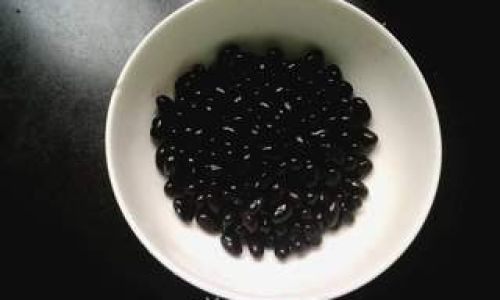
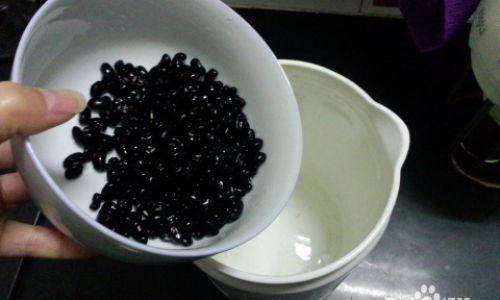
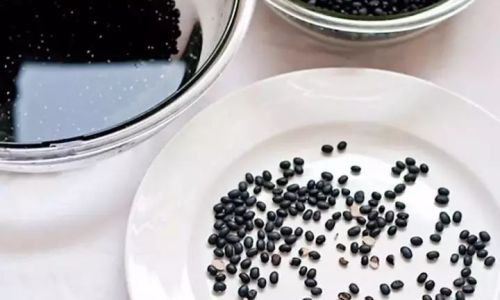
0 comments